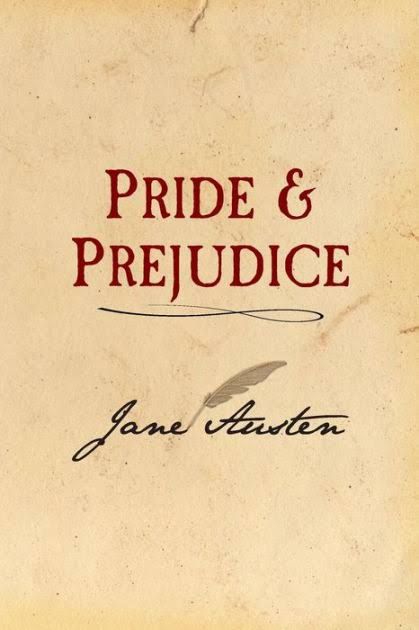Critical Essays In Pride And Prejudice
Jun 19, 2019 • 354 views

Property Rights of (Wo)men by Amrita Bhalla
• Marriage in Jane Austen's novels is closely connected with money and a survey of her contemporary world is useful in understanding why: what did women stand to inherit, gain in mercantile terms, what economic constraints motivated patterns of behavior that Jane Austen exposes with an ironic smile.
• Critics point out that Jane Austen is writing from a position of insecurity in which her own situation could be similar to that of her heroines with limited incomes.
• Gender differences in access to property mark the insecurity of women characters in Austen's novels. The entailment of Mr. Bennett’s house in the absence of a male heir to Mr. Collins is the greatest source of anxiety to Mrs. Bennet.
An Estate of their Own: An Interrogation of Class and Gender in Pride and Prejudice by B. Mangalam
• The novels of Jane Austen examine the position of women within the institution of marriage. Marriage forms the central subject of her work and her heroines are rewarded with fabulous matches, at the end of her novels.
• Austen examines the importance assigned to class and rank in the post 1790s English society and dramatizes the interactions of the various classes. She undertakes her interrogation of class through an examination of the institution of marriage. Marriage indeed was the most commonly tried strategy of interaction among the classes.
• B. Mangalam mentions that in Pride and Prejudice marriage is proclaimed the central preoccupation of the community.
• It is argued that marriage is the only fortunate event, that can happen in a woman's life.
• The eligibility of a gentleman is directly related to his income.
• The novel explores women's dependence on the configuration of class, rank and money.
• Gentry women could become reasonably self-sufficient only through marriage.
• For Mrs. Bennett - "the business of her life was to get her daughters married". After all Mrs. Bennet has not one or two but five daughters.
• Charlotte's decision to marry Collins has been seen as an act of bad faith by critics & Elizabeth alike. Every young woman in the novel shares Charlotte's anxieties but she alone acts with her eyes open, uses no euphemisms and entertains no illusions about herself.
• Charlotte's career is representative of every middle-class girl with a small fortune, especially of those who are not lucky enough to be bailed out by an imaginative author. Within the ambit of opportunities provided by her society, Charlotte does manage to do well for herself.
• In Lydia's marriage, Austen touches upon woman's sensuality which the society does not openly recognize.
• Elizabeth's marriage to Darcy has been viewed as a 'fantasy' that undermines her wit and autonomy.
• The novel Pride and Prejudice published in 1813 depicts the manner of marriage and love in the Regency era.
• The novel represents marriage as a business trade shown by the relationship between Wickham & Lydia.
• Marriage for women is represented as their ultimate goal in life because it was impossible to live independently especially for the women who belonged to the genteel class.
• Through Jane & Bingley, Charlotte & Collins, Lydia and Wickham the social standard of marriage is presented and through Darcy and Elizabeth- the new outlook of marriage and love was formed.
